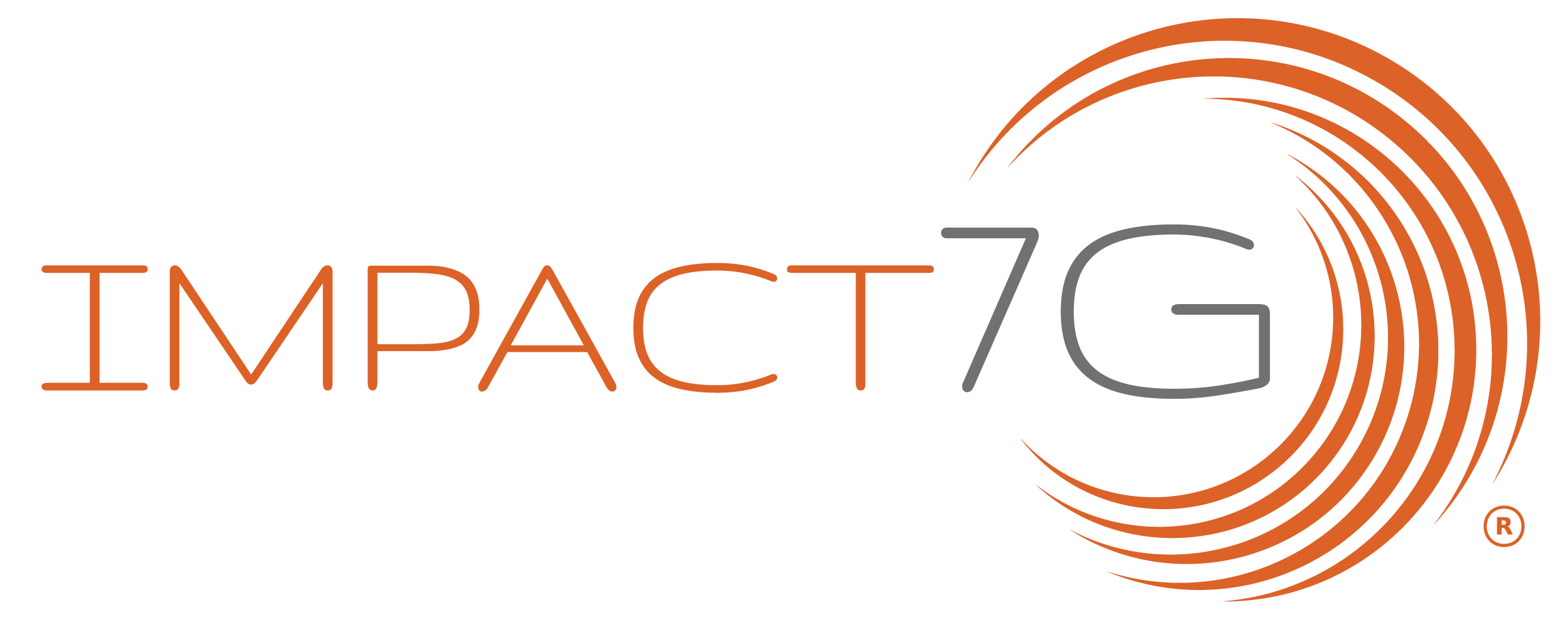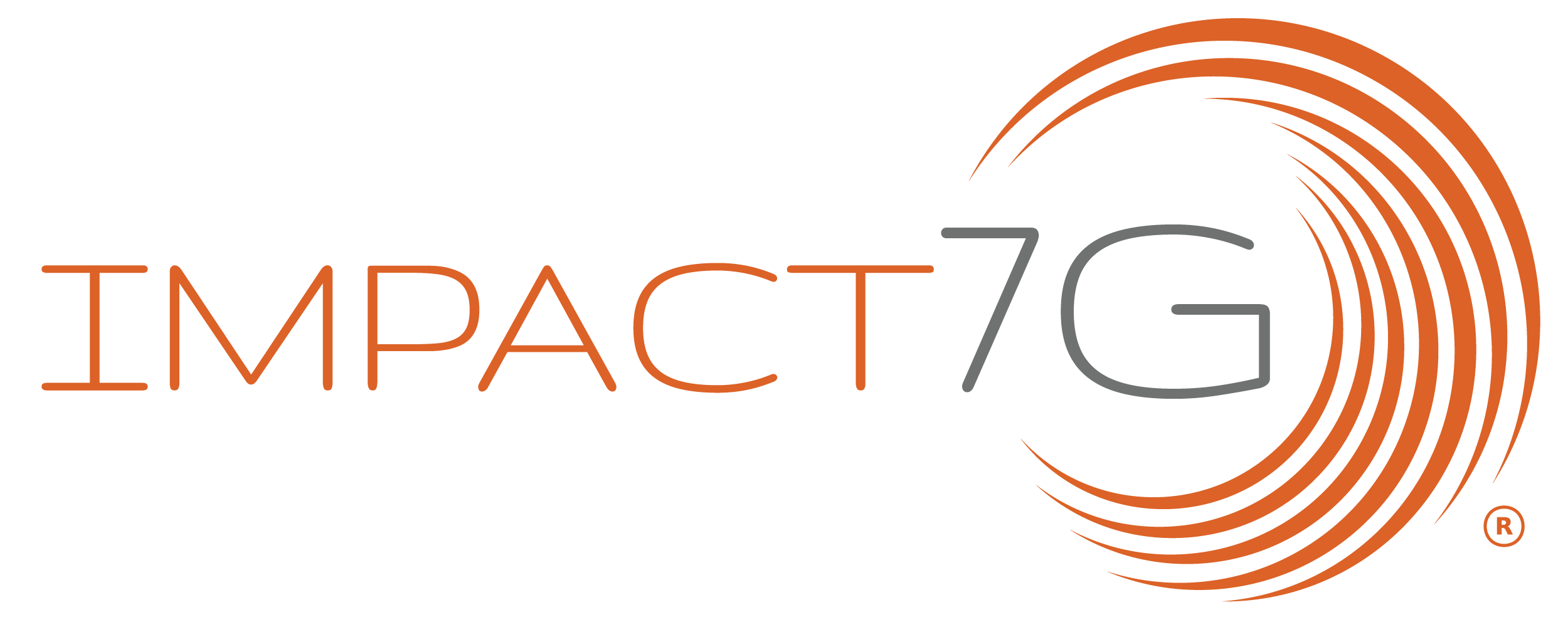Title Page
-
Site conducted
-
Inspection Date
-
PM Work Order Number for this Inspection
-
Retain until date
-
Inspector Name
-
Title
-
Tank(s) Inspected ID
-
Regulatory Facility Name and ID Number
-
Location
-
Inspection Guidance:
• This checklist is intended as a model. Locally developed checklists are acceptable as long as they are substantially equivalent (as applicable). Inspections of multiple tanks may be captured on one form as long as the tanks are substantially the same.
• For equipment not included in this Standard, follow the manufacturer recommended inspection/testing schedules and procedures.
• The periodic AST Inspection is intended for monitoring the external AST condition and its containment structure. This visual inspection does not require a Certified Inspector. It shall be performed by an owner’s inspector per paragraph 4.1.2 of the standard.
• Upon discovery of water in the primary tank, secondary containment area, interstice, or spill container, remove promptly or take other corrective action. Inspect the liquid for regulated products or other contaminants and dispose of properly.
• Non-conforming items important to tank or containment integrity require evaluation by an engineer experienced in AST design, a Certified Inspector, or a tank manufacturer who will determine the corrective action. Note the non-conformance and corresponding corrective action in the comment section.
• Retain the completed checklists for at least 36 months.
• After severe weather (snow, ice, wind storms) or maintenance (such as coating) that could affect the operation of critical components (normal and emergency vents, valves), an inspection of these components is required as soon as the equipment is safely accessible after the event.
Tank and Piping
-
1. Is tank exterior (roof, shell, heads, bottom, connections, fittings, valves, etc.) free of visible leaks?
-
Identify tank and describe leak and actions taken
-
2. Is the tank liquid level gauge legible and in good working condition?
-
3. Is the area around the tank (concrete surfaces, ground, containment, etc.) free of visible signs of leakage?
-
4. Is the primary tank free of water or has another preventative measure been taken?<br>NOTE: Refer to paragraphs 6.10 and 6.11 of the standard for alternatives for Category 1 tanks. N/A is only appropriate for these alternatives.
-
5. For double-wall or double bottom tanks or CE-ASTs, is interstitial monitoring equipment (where applicable) in good working condition?
-
6. For double-wall tanks or double bottom tanks or CE-ASTs, is interstice free of liquid? Remove the liquid if it is found. If tank product is found, investigate possible leak.
Equipment on Tank
-
7. If overfill equipment has a “test” button, does it activate the audible horn or light to confirm operation? If battery operated, replace battery if needed.
-
8. Is overfill prevention equipment in good working condition? If it is equipped with a mechanical test mechanism, actuate the mechanism to confirm operation.
-
9. Is the spill container (spill bucket) empty, free of visible leaks and in good working condition?
-
10. Are piping connections to the tank (valves, fittings, pumps, etc.) free of visible leaks?
-
Identify location and describe leak
-
11. Do the ladders/platforms/walkways appear to be secure with no sign of severe corrosion or damage?
Containment (Diking/Impounding)
-
12. Is the containment free of excess liquid, debris, cracks, corrosion, erosion, fire hazards and other integrity issues?
-
13. Are dike drain valves closed and in good working condition?
-
14. Are containment egress pathways clear and any gates/doors operable?
Concrete Exterior AST (CE-AST)
-
15. Inspect all sides for cracks in concrete. Are there any cracks in the concrete exterior larger than 1/16”?
-
16. Inspect concrete exterior body of the tank for cleanliness, need of coating, or rusting where applicable. Tank exterior in acceptable condition?
-
17. Visual inspect all tank top openings including nipples, manways, tank top overfill containers, and leak detection tubes. Is the sealant between all tank top openings and concrete intact and in good condition?
Other Conditions
-
18. Is the system free of any other conditions that need to be addressed for continued safe operation?
Sign Off
-
Additional Comments
-
Inspector’s Signature











